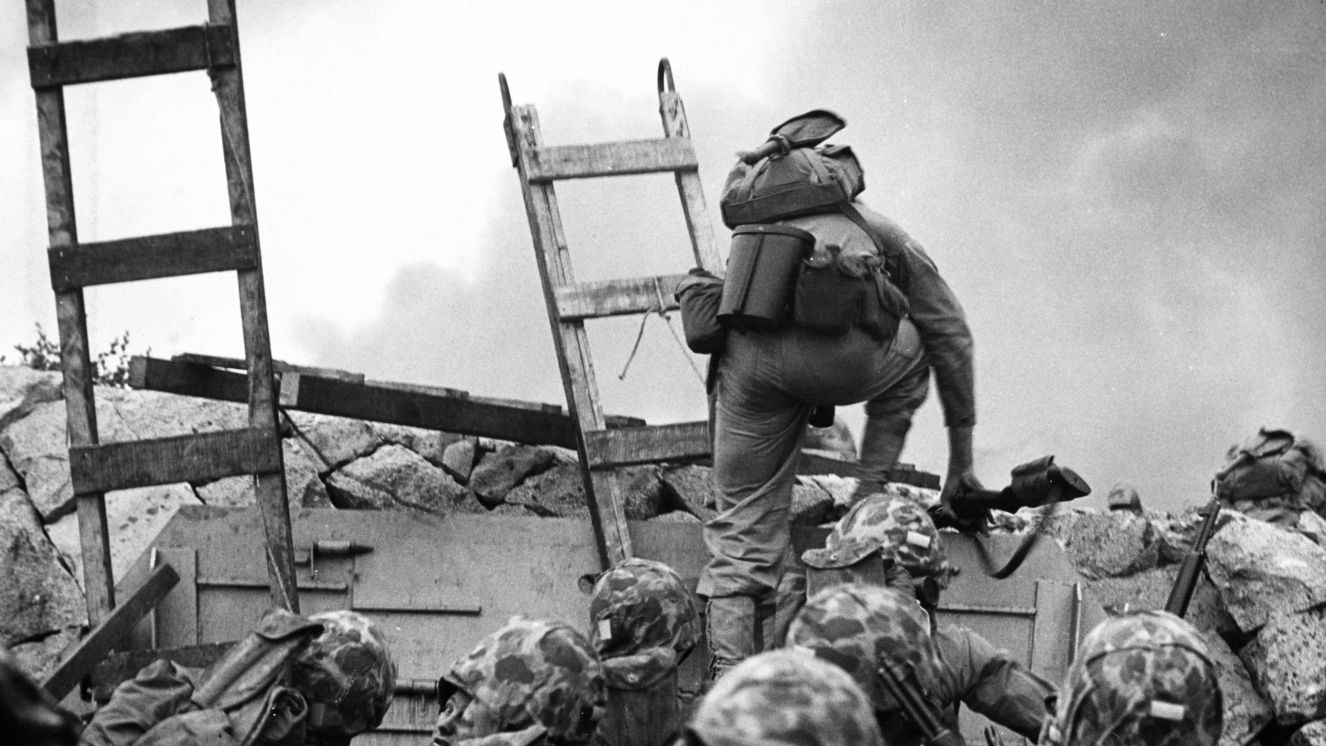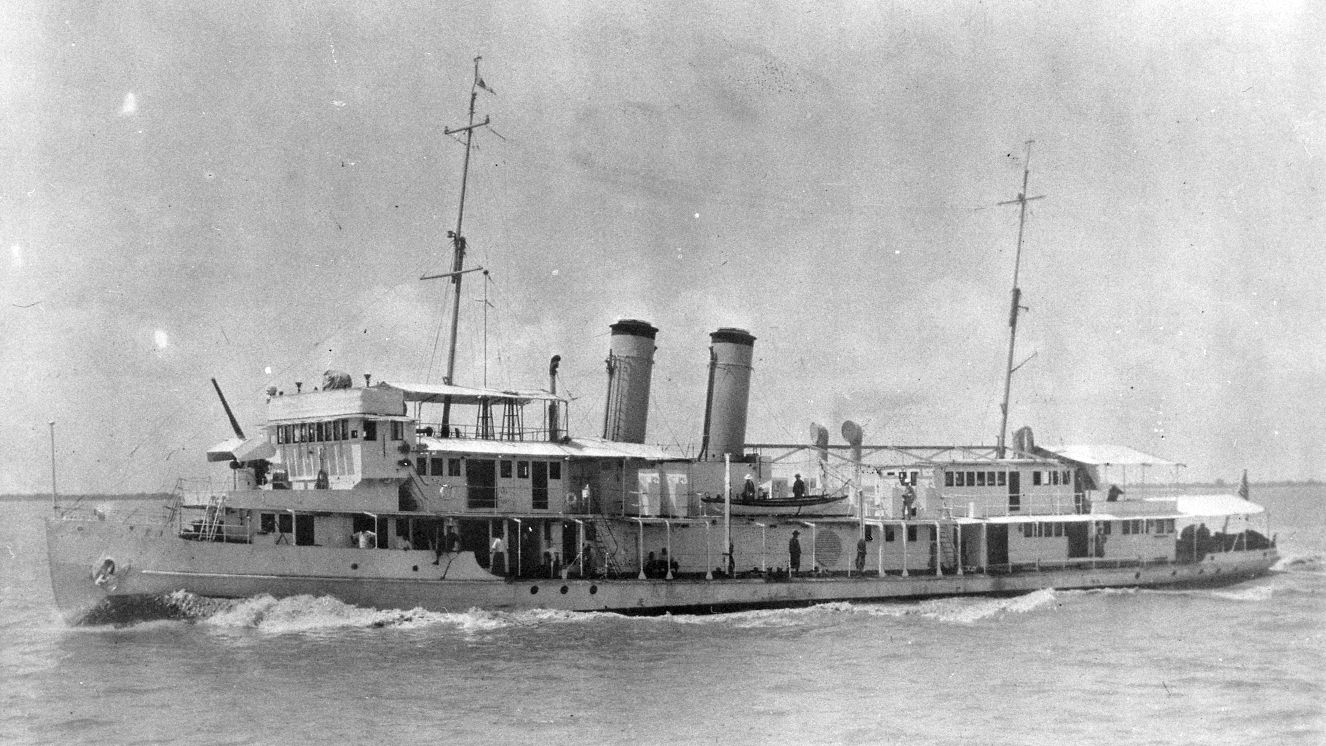WHY DID THE BUFFALO SOLDIERS BIKE ACROSS THE COUNTRY IN 1897?

Modern warfare has changed a lot of the ways we fight battles across the globe. With an influx of new technology, there will be intrigue as to how it can help give Americans the edge in war. Mobility has always been important, and when you look around, there are many examples of innovative machines built to help get troops around the battlefield safely and quickly. Not too long ago, this also included the use of the bicycle. The roots of such an idea will take us back to the 1800s, when we see the Buffalo Soldiers bike around 1,900-2,000 miles to show the effectiveness of bicycles for military use. More in military history:Charles Jackson French, the WWII Hero You Never Knew
Buffalo Soldiers Bicycle To Replace Horses
In 1897, the segregated unit of the U.S. Army known as the 25th Infantry Regiment, a.k.a. the Buffalo Soldiers, was sent out to test the usefulness of bicycles for transporting troops. The 25th Infantry Bicycle Corps was tasked with experimenting with bikes thanks to an idea from Major General Nelson A. Miles, who boldly supported the use of bicycles in the military, stating the following in an article called "The Bicycle in War" in The Outlook newspaper: “There is no doubt in my mind that during the next great war the bicycle, with such modifications and adaptations as experience may suggest, will become a most important machine for military purposes.” He was wrong. The idea may have started with good intentions, but it was soon discovered to be a failure. Horses have many drawbacks. They can be difficult to control, loud, messy, require food, water, attention, etc. The military looking into replacing them with bicycles worked on paper, but it was an unrealistic prospect in practice. Lieutenant James A. Moss graduated from West Point last in his class. So, what did they do? Put him in the worst job available because leading Black people who would fight for our country was considered a punishment in the 19th century. Classy move. *side eye intensifies* Back to the point, which was testing bicycles. Moss would end up with a fleet of them at Fort Missoula, where the 25th Infantry Regiment was located, to help build the fort and keep things peaceful. The Buffalo Soldiers' bicycles were donated from the company that is now known as Spalding, famous for making basketballs. Moss collaborated with Spalding to make sure the bicycles were ready for military service and would begin his testing.
The Buffalo Soldiers Bike Here, There, and Almost Everywhere
The trips began in the summer of 1896. They were small and would progress in their distance as time went on. Short trips around the fort were first used to see if the bikes could handle difficult terrain. August would see the Buffalo Soldiers bike to Yellowstone National Park. This trip would be 800 miles. Moss was happy with the performance of the bikes, despite various issues, including the fact that it took 23 days, weather conditions were less than favorable, and rotten tires plagued the infantry. Satisfied with what he saw, Moss set his eyes on a different trip that was difficult by design. Getting somewhere that is around 2,000 miles away on a bike is never going to be easy, but the road from Fort Missoula to St. Louis, Missouri, carried even more difficulty. Moss knew that the terrain, weather, altitudes, and ride would be grueling, but he also realized that if bicycles were to be a part of the military, they would have to be capable of such challenges, as would the men who rode them. On June 14, 1897, Moss and 20 Buffalo Soldiers, along with others, set off on a bike ride thought to change military history. Things started okay, but the cheers they heard leaving the fort were soon replaced by the sound of rain and mud. A storm would hit the first day and had the men walking their bikes through the muck before facing a literal uphill battle that would cause them to reduce speed. As if these issues weren’t bad enough, the intense weather would cause the group to often crash or resort to walking their bikes rather than riding them. Due to the slow pace, logistics were off, and the unit often found themselves searching for food, as they were nowhere near their destination that could provide provisions. The riders didn't bring much, as it's difficult to transport things in mass quantities on a bike. We're starting to see why Moss was last in his class. Throw in resorting to drinking stagnant water (which, surprise, made them sick) and some good ole fashioned racism, and you've got yourself one terrible ride. But of course, Moss was excited that the men had completed the journey faster than they would have on horseback, which, to be fair, was the goal. One of the riders didn’t make it, as he was sent back due to negativity, but Moss was ready to take the rest of the crew to St. Paul, Minnesota, to further showcase their capabilities. Thankfully, someone stopped this man and denied the request. The Army was over it and disbanded the unit. Moss and his men would return to the fort by rail. The dream of adopting the bicycle into widespread use throughout the military was over.
The Legacy of the Buffalo Soldiers and Their Bicycle Experiment
Making the Buffalo Soldiers bike to test their use in combat may not have worked out or given us a large section of history to work with, but bicycles still have some application in modern forces. No, troops aren’t going to be using them to sneak up on the enemy instead of their horses, but in specific applications, the U.S. still relies on them for service. Most notably are the military folding bikes used by paratroopers. Civilians can even purchase these bikes for recreational use. Suggested read:Meet Frank Emi, a WWII Hero You Need To Know
Image: Courtesy of the National Archives
BY BUDDY BLOUIN
Buddy Blouin is a Contributing Writer at VeteranLife.com
Buddy Blouin is a Contributing Writer at VeteranLife.com



